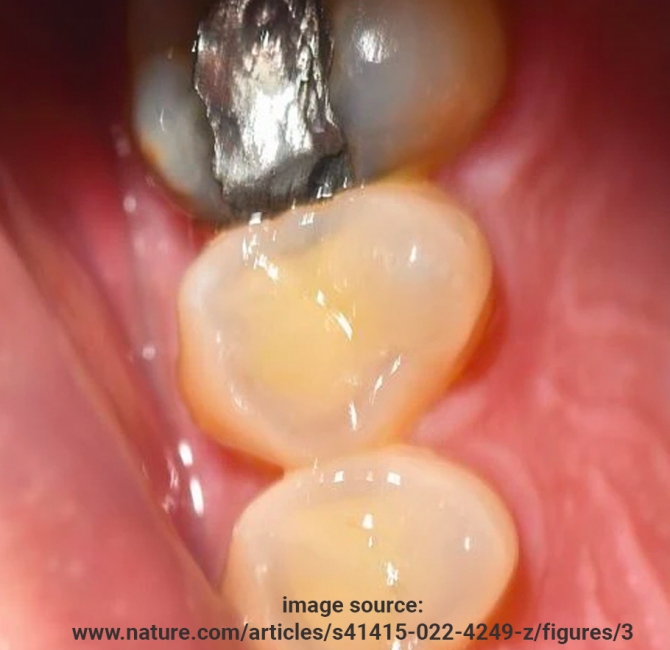Key messages:
- Diet and fitness apps are marketed as tools to improve health, with evidence that these tools can be effective in increasing physical activity.
- These apps also have unintended negative consequences, such as creating pressure to meet goals, concerns about body image, and feelings of guilt with unattained goals.
- The research found that those who use health and fitness apps regularly were more likely to have problematic habits related to food and exercise.
- Young adults who use these apps have greater disordered eating symptoms.
- Emphasis on dietary restriction and weight loss in these apps may contribute to restrictive or excessive behaviours, raising concerns for individuals who already have preoccupations with their weight or body image.
- The findings underscore the importance of promoting healthy body image and exercise behaviours among young adults, and to be aware of the potential risks associated with diet and fitness app use and for users to focus on improving their health.
- Additional research is needed to understand the benefits and risks related to using health and fitness apps.
Introduction
Commercial diet and fitness applications (apps) have increased over the years, allowing people to monitor and track their exercise and eating habits using their mobile phones. These easy and often cost-free apps enable users to monitor their diet (e.g., calories or macronutrients) or fitness (e.g., energy expenditure or steps per day) to achieve health, fitness, or weight-related goals.
Diet and fitness apps are promoted as tools to improve health. Research shows these apps can encourage positive health behaviours, such as increasing physical activity and supporting weight loss and caloric intake in adults with obesity. However, in many studies, the use of monitoring apps was part of a weight-loss program that included additional elements, such as professional guidance and education. Thus, it is unclear whether the success is due to the apps or other components, such as professional or social support. Furthermore, the emphasis on dietary restriction and weight loss in these apps may not be beneficial for all users, especially for those at a higher risk of developing harmful behaviours towards body image, eating, or exercise.
Objectives
This systematic review examines the relationship between diet and fitness app use and symptoms of disordered eating, including body image concerns and compulsive exercise. Additionally, the review explores how factors such as the type of app used, frequency of use, and other contributing elements may affect these relationships.
Methods
A systematic search of peer-reviewed and published journal articles was conducted using five electronic databases (Medline, PsycINFO, ProQuest, Scopus, and Web of Science). A total of thirty-eight articles were included in this review.
Results
Disordered eating symptoms were higher in young adults who use diet and fitness apps and among those who use them more frequently. Qualitative research demonstrated unintended consequences of this type of app use (e.g., feeling pressure to meet goals and guilt). Causal conclusions could not be established. Cross-sectional evidence suggests that the use of diet and fitness apps is associated with disordered eating, body image concerns, and compulsive exercise.
Conclusion
These findings offer preliminary evidence that the use of diet and fitness apps is bidirectionally associated with various issues related to disordered eating symptoms, including body image and compulsive exercise concerns. The research indicates individuals with pre-existing body image, eating, or exercise concerns often use these apps, which may reinforce maladaptive behaviours. It is essential to interpret these results cautiously, as the studies were primarily cross-sectional, which precludes a causal relationship at this time. As self-monitoring technology continues to advance, with the introduction of new diet and fitness apps, research needs to explore the potential benefits and any unintended consequences associated with their use.



